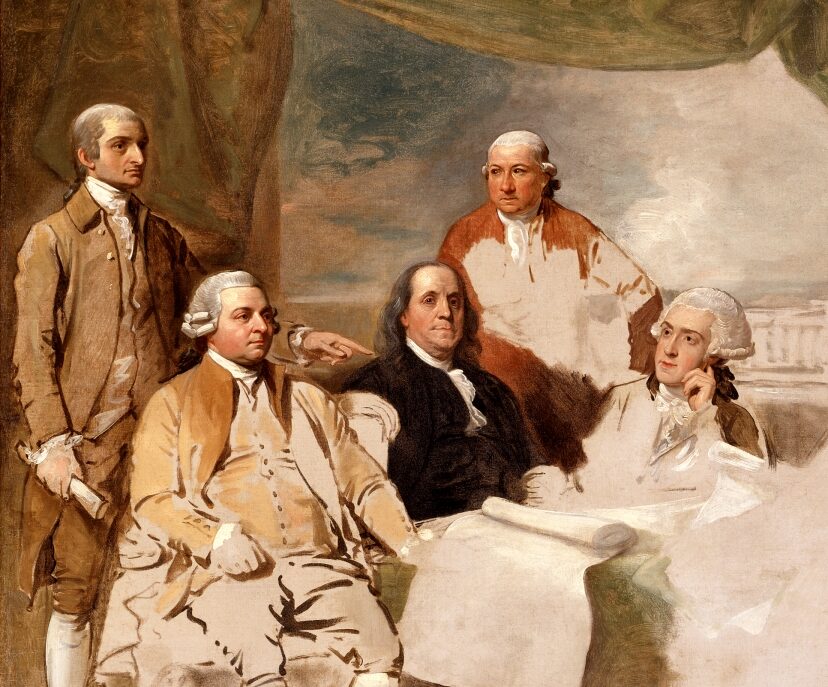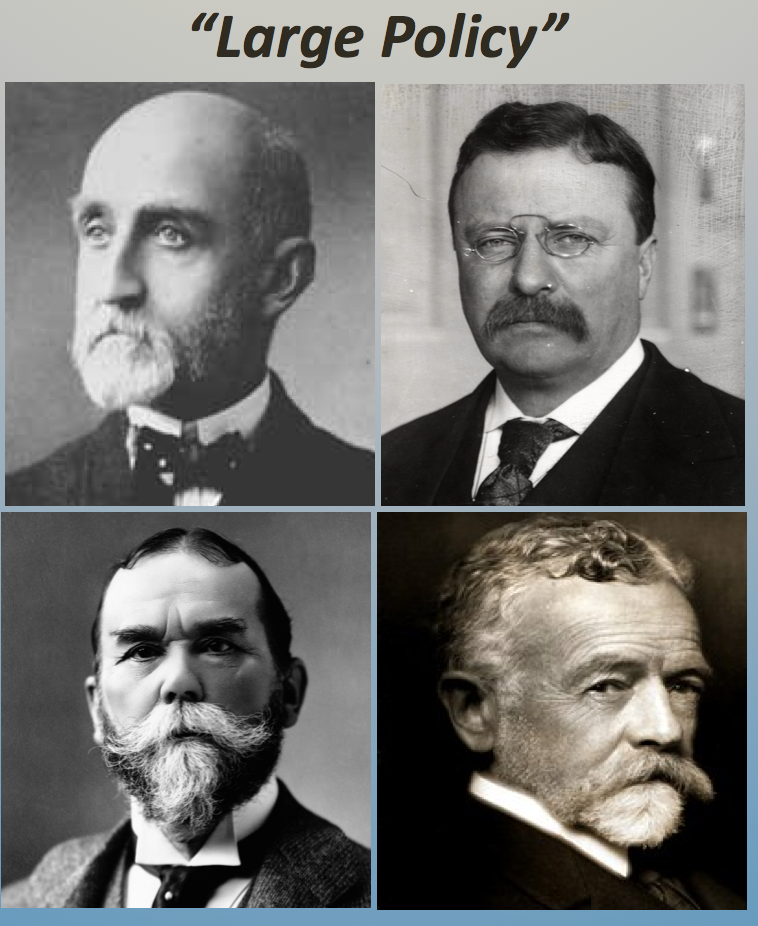“What was once called the Spanish-American War was the pivotal event of a pivotal decade, bringing the ‘large policy’ to fruition and marking the United States as a world power. Few events in U.S. history have been encrusted in myth and indeed trivialized. The very title is a misnomer, of course, since it omits Cuba and the Philippines, both key players in the conflict. Despite four decades of ‘revisionist’ scholarship, popular writing continues to attribute the war to a sensationalist ‘yellow press,’ which allegedly whipped into martial frenzy an ignorant public that in turn drove weak leaders into an unnecessary war. The war itself has been reduced to comic opera, its consequences dismissed as an aberration. Such treatment undermines the notion of war by design, allowing Americans to cling to the idea of their own noble purposes and sparing them responsibility for a war they came to see as unnecessary and imperialist results they came to regard as unsavory. Such interpretations also ignore the extent to which the war and its consequences represented a logical culmination of major trends in nineteenth-century U.S. foreign policy. It was less a case of the United States coming upon greatness almost inadvertently than of it pursuing its destiny deliberately and purposefully.” –George Herring, From Colony to Superpower, p. 399
Discussion Questions
- Explain the origins of the “large policy” and identify some of the key figures in its formation.
- Would you make any distinctions between the American “large policy” of the 1890s and European-style imperialism of that same era?


Leave a Reply